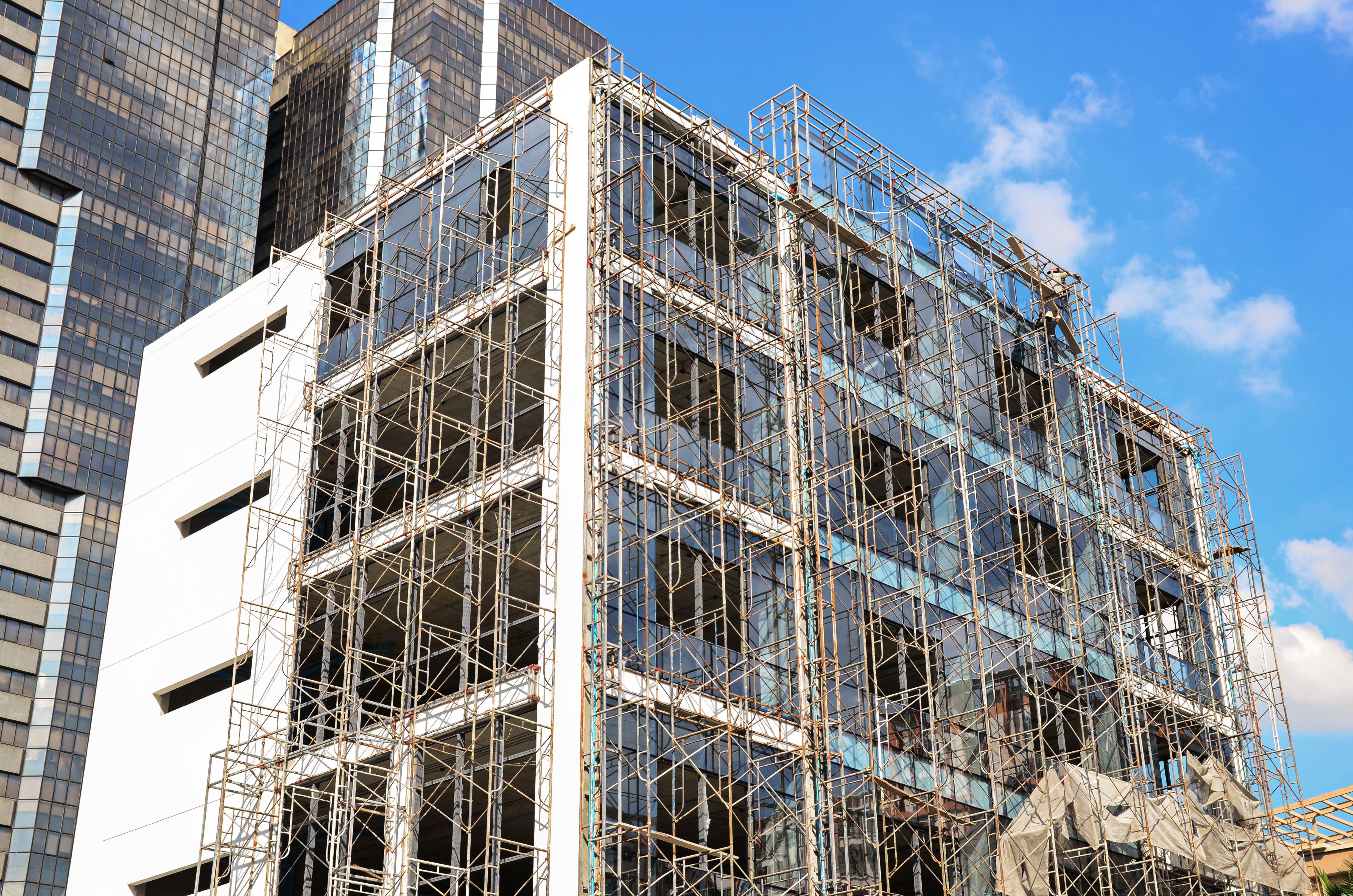Modular construction has come a long way since a 2010 issue of Development magazine profiled the building process in “First Look – The Skyscraper’s New Look.” Commercial real estate developers are adopting modular construction – in which building components are manufactured at a facility and then transported to a construction site for assembly – for a broader range of applications and for larger projects. The process is best suited to projects that primarily consist of repeated and uniform spaces. For these projects, modular construction can substantially reduce construction time and improve quality control.
The extent to which modular construction relies on prefabrication varies from project to project. Writing for the New England Real Estate Journal, architect Henry Wheeler explains that projects can range from incorporating prefabricated electrical and plumbing system kits to partial modular construction (where portions of a room are assembled as a pod that is placed into a building) to full modular construction, where entire rooms are manufactured offsite and installed on-site. In the case of hotel rooms that are assembled using full modular construction, “every room element is pre-fabricated and replicated including the walls, windows, carpet, fixtures, accessories, and even artwork.”
Modular construction can offer substantial benefits for projects that incorporate hundreds of prefabricated units. The process allows developers to prepare a site at the same time that rooms are manufactured and then quickly assemble the rooms onsite. According to JLL, this can shorten timelines by up to 50%. Labor savings are usually less dramatic: JLL estimates the process most often saves between 0-5% on field labor costs, though savings can be higher in more expensive markets. Wheeler observes that since much of the process occurs in a manufacturing facility, modular construction allows for greater worker safety and quality control. Prefabrication can also be more environmentally friendly, as it usually wastes substantially less building material.
Modular construction is not without its disadvantages and is not suitable for all project types. In a comment for a National Real Estate Investor article, Nick Campisano, CEO of Campisano Capital, observed that the significant costs associated with designing a module’s footprint require that it be used many times to be cost-effective. Prefabricated modules also do not lend themselves to customization and are not easily adapted to large open spaces in buildings such as multistory lobbies. Wheeler observes that the infrastructure needed to join modular units can also require a larger building footprint than would be the case in a traditional project.
Modular construction projects also require that developers seek nontraditional financing. According to Ethan Schelin, President of Virtua Credit, lenders must be willing to authorize a release of funds that is usually equivalent to 25% of construction costs to pay for building materials used in the manufacturing process before construction begins. Lenders may perceive this initial expenditure and costs associated with transporting the finished modules to the construction site to be a greater initial risk than they would take with a traditional construction project.
Developers most commonly use modular construction methods in sectors where uniform repeated spaces are common, such as in hotels, multifamily properties, student housing, and senior housing. Stan Chiu of HGA Architects and Engineers reported to GlobeSt.com that modular construction is also well adapted to healthcare. Healthcare firms appreciate the resulting standardization and consistency, which allows them to maintain consistent clinical quality across multiple properties.
An AC Marriot hotel in New York that is currently under development by 842 Enterprise is one prominent example of modular construction. At 360 feet tall, it will represent the tallest hotel built using a modular method. Like the citizenM New York Bowery hotel – currently the tallest hotel built with modular construction – most of the Marriot’s rooms will be manufactured in Poland and shipped to New York for assembly. A partnership between Sterling Bay and Skender to manufacture and install affordable apartments in Chicago is another example of a promising application for modular construction. GlobeSt.com’s profile of the partnership suggests that modular construction is an effective way to rapidly construct affordable housing that meets a consistent standard of quality.














